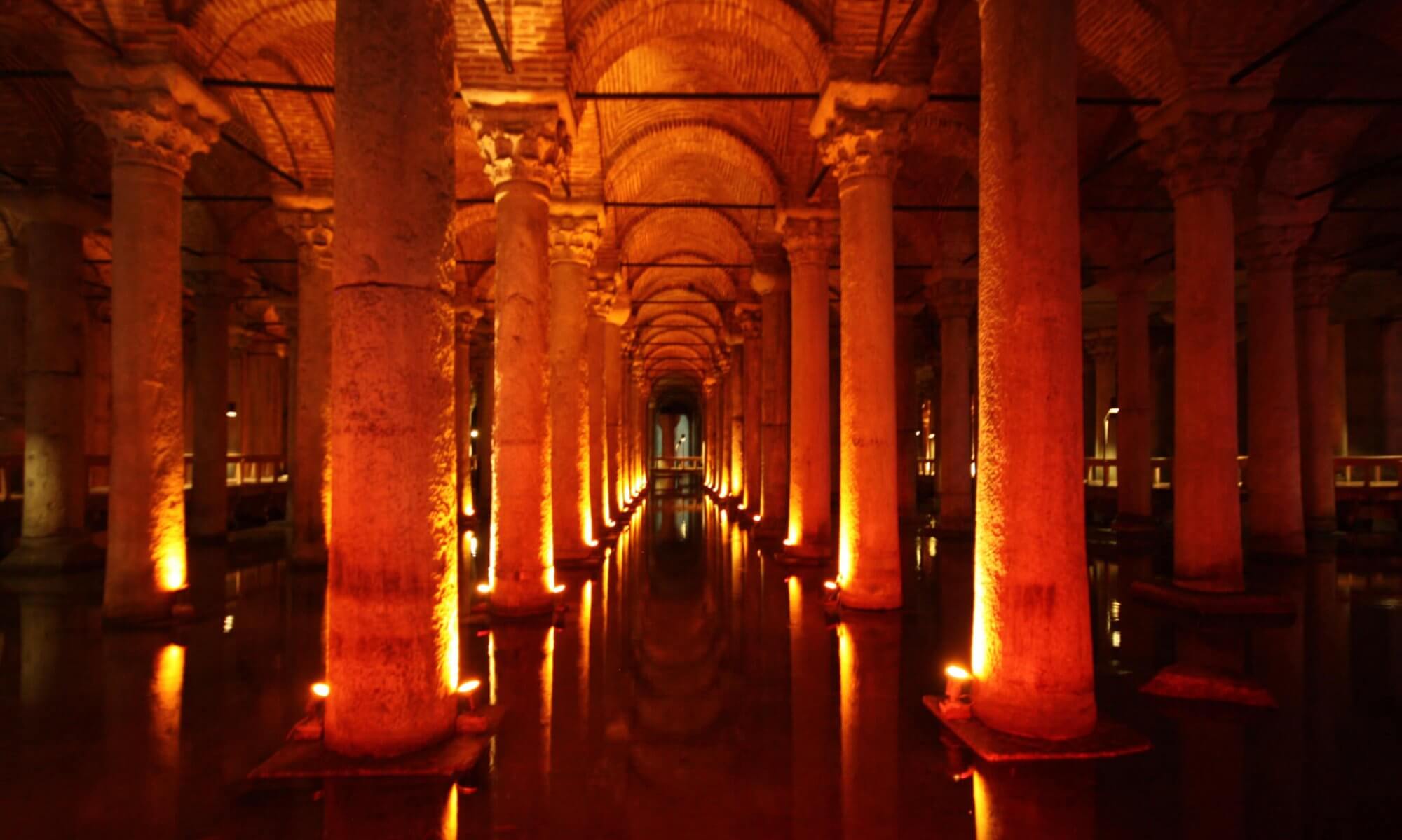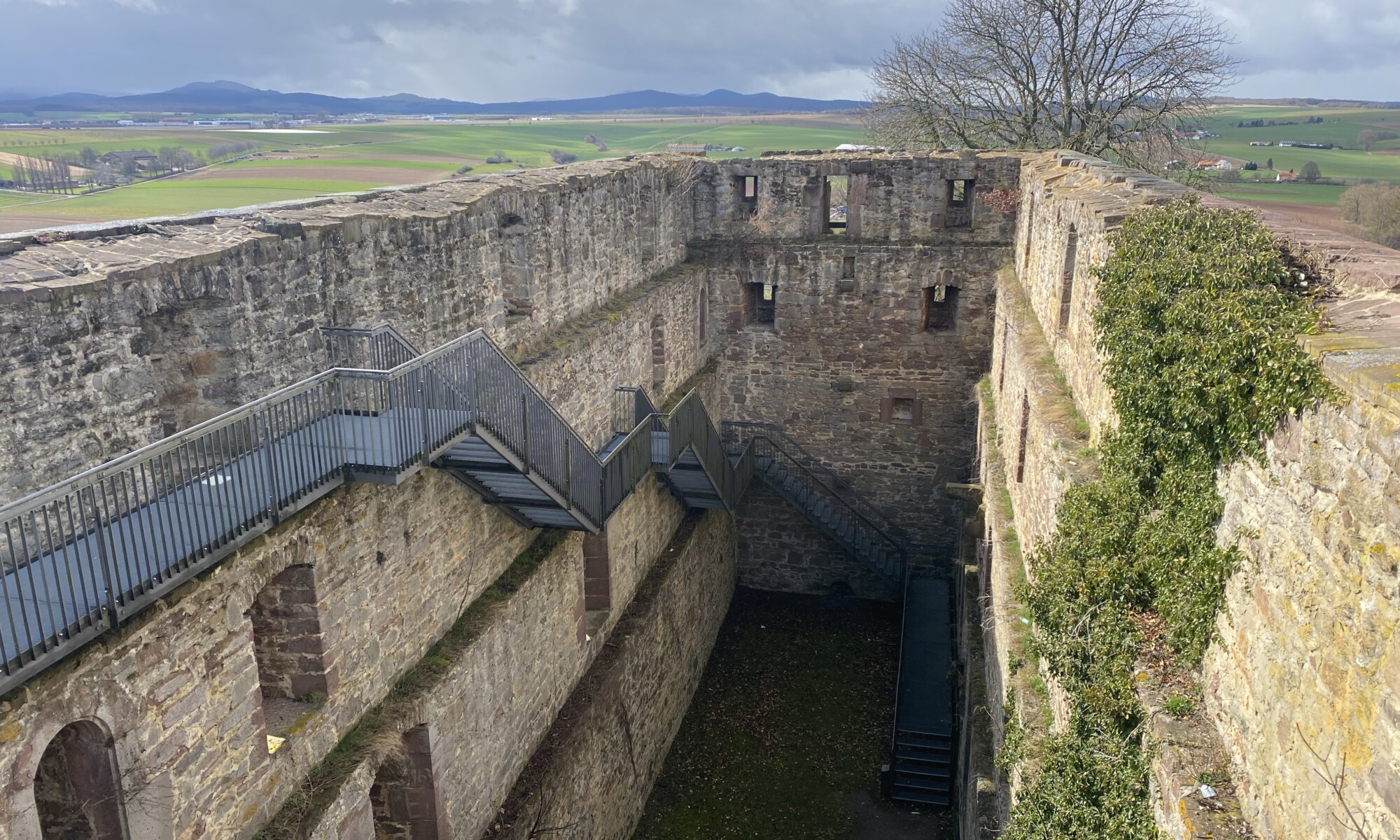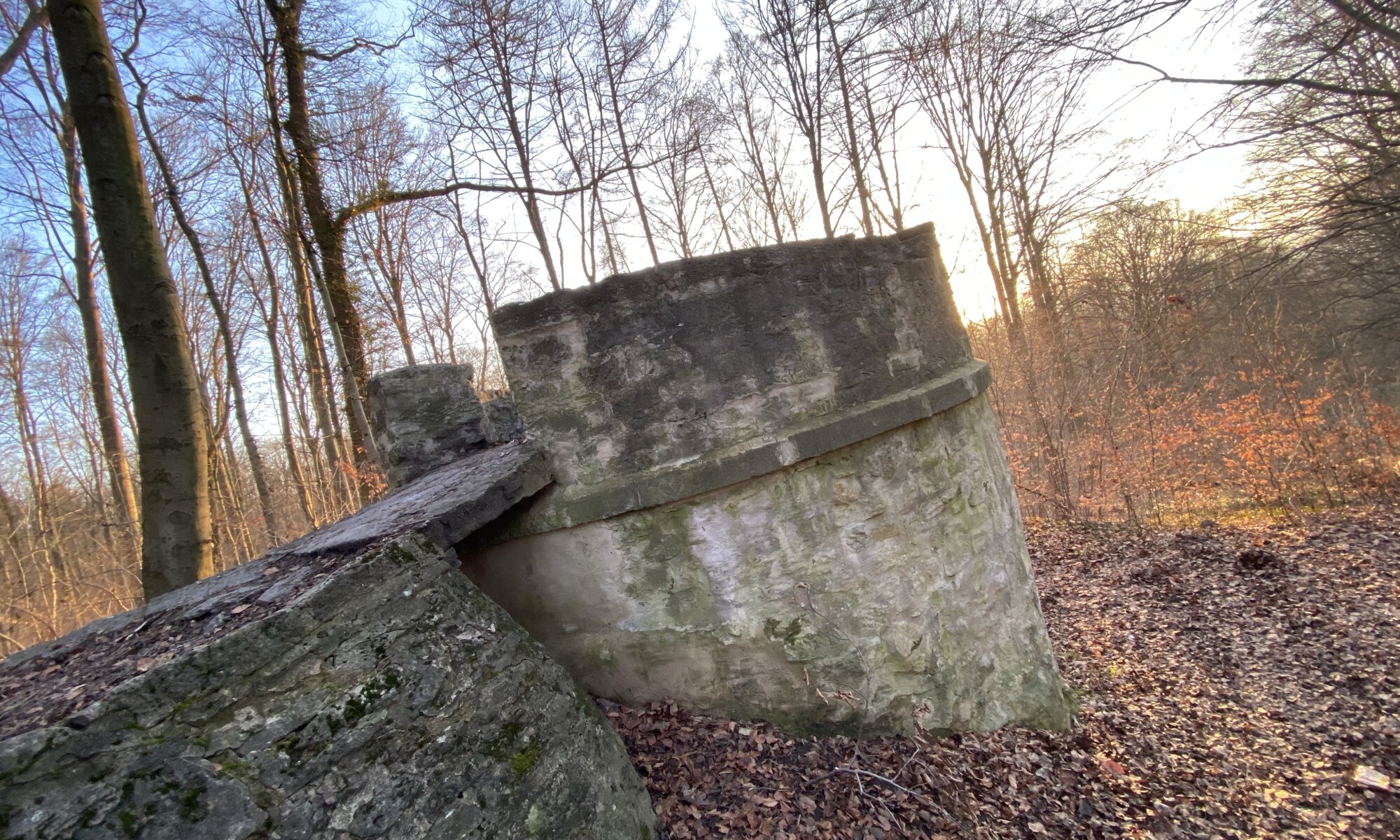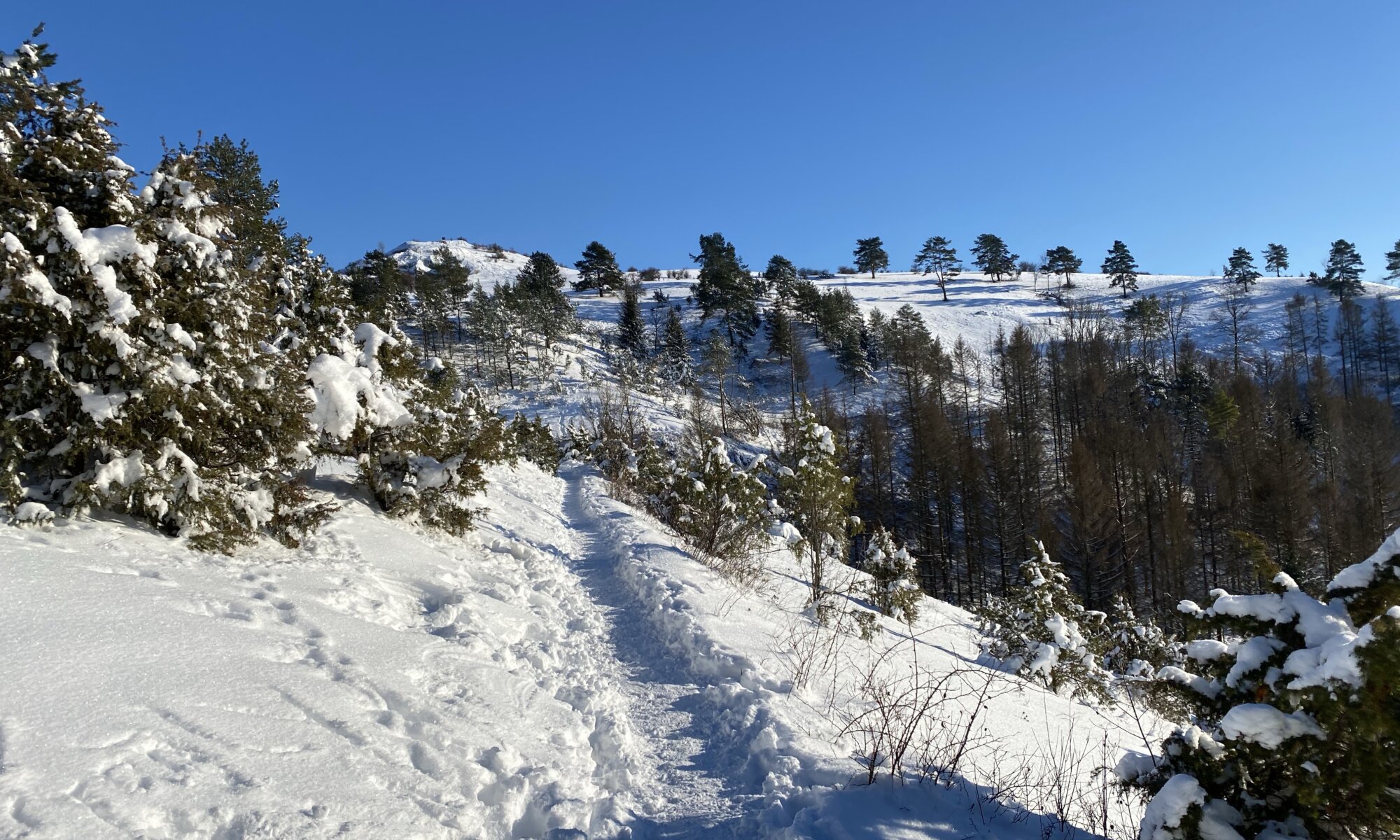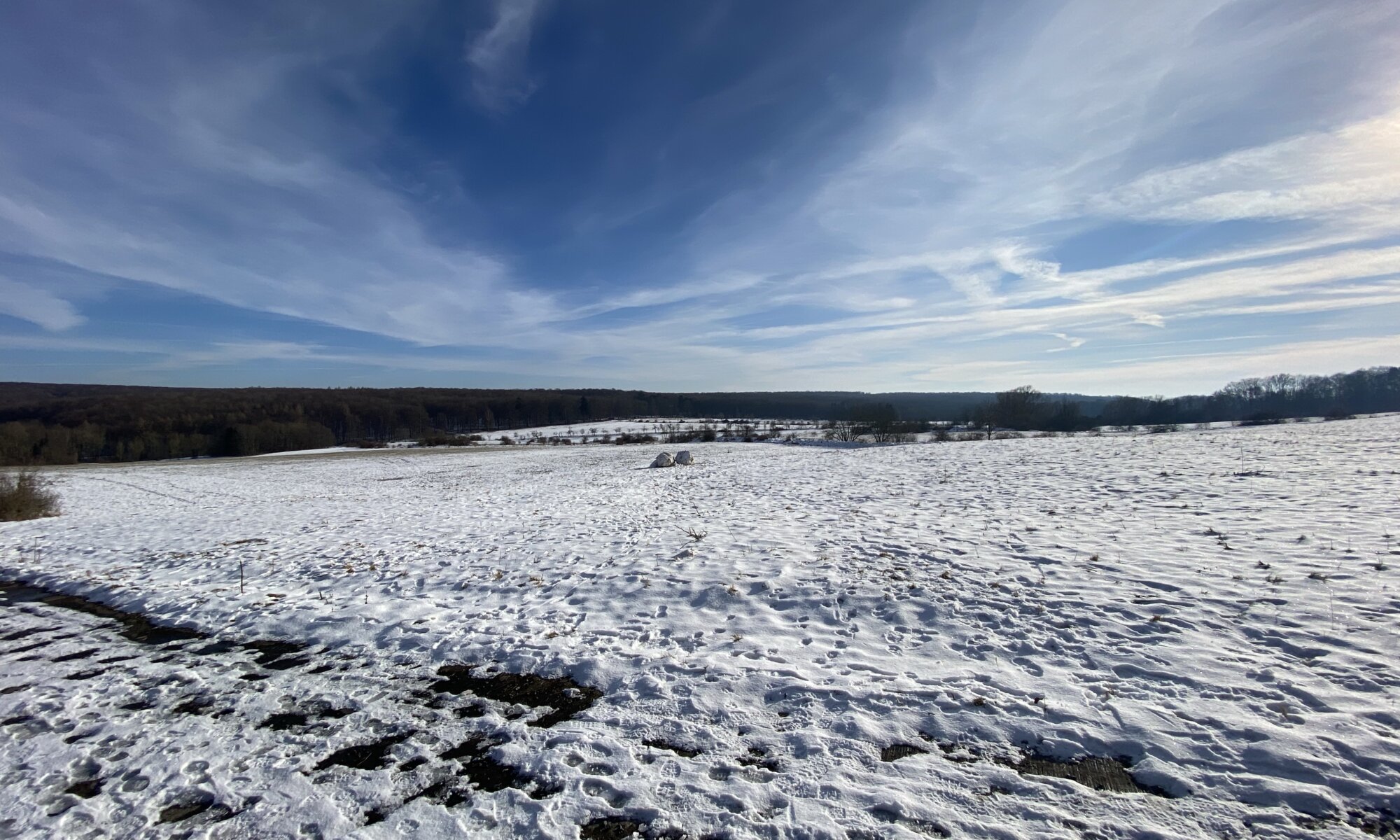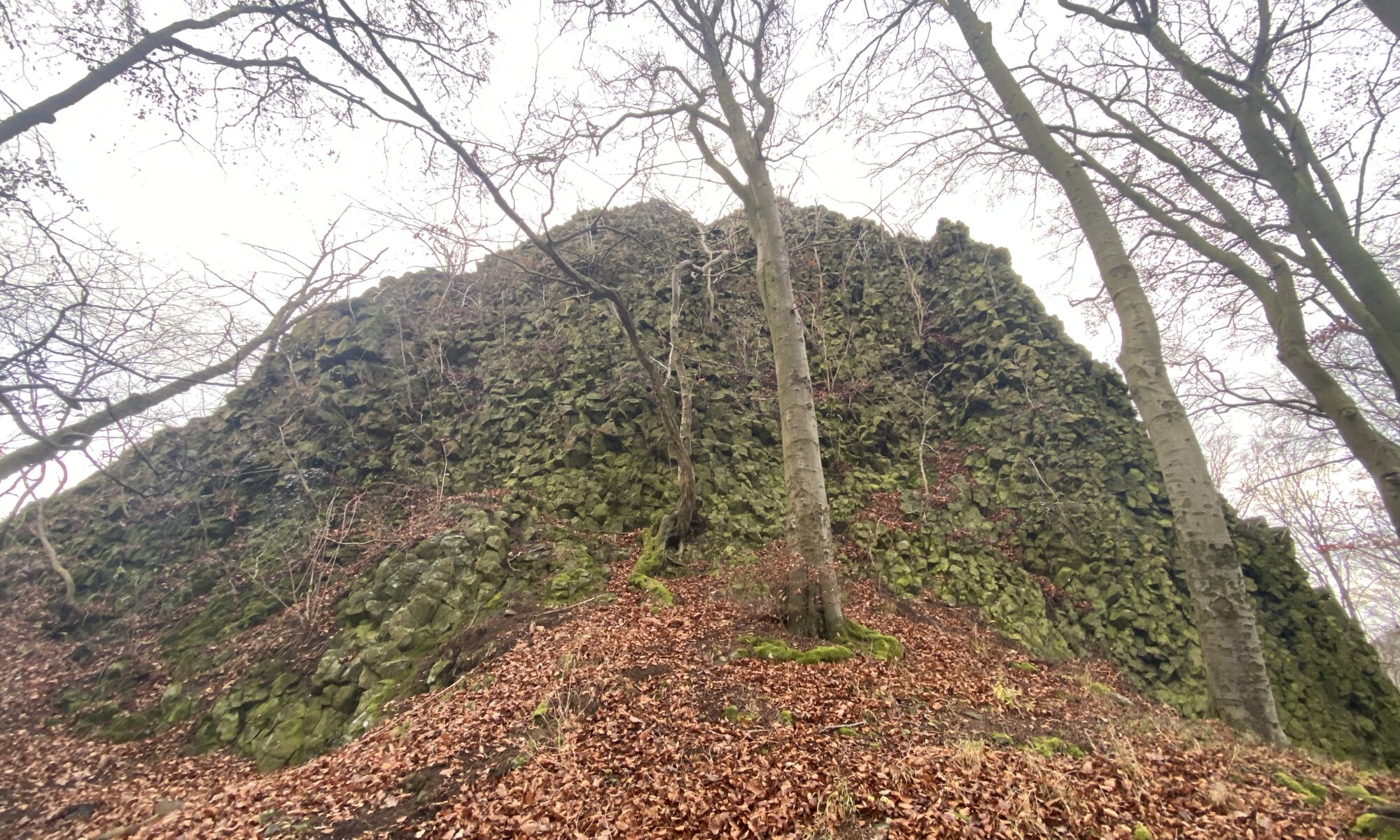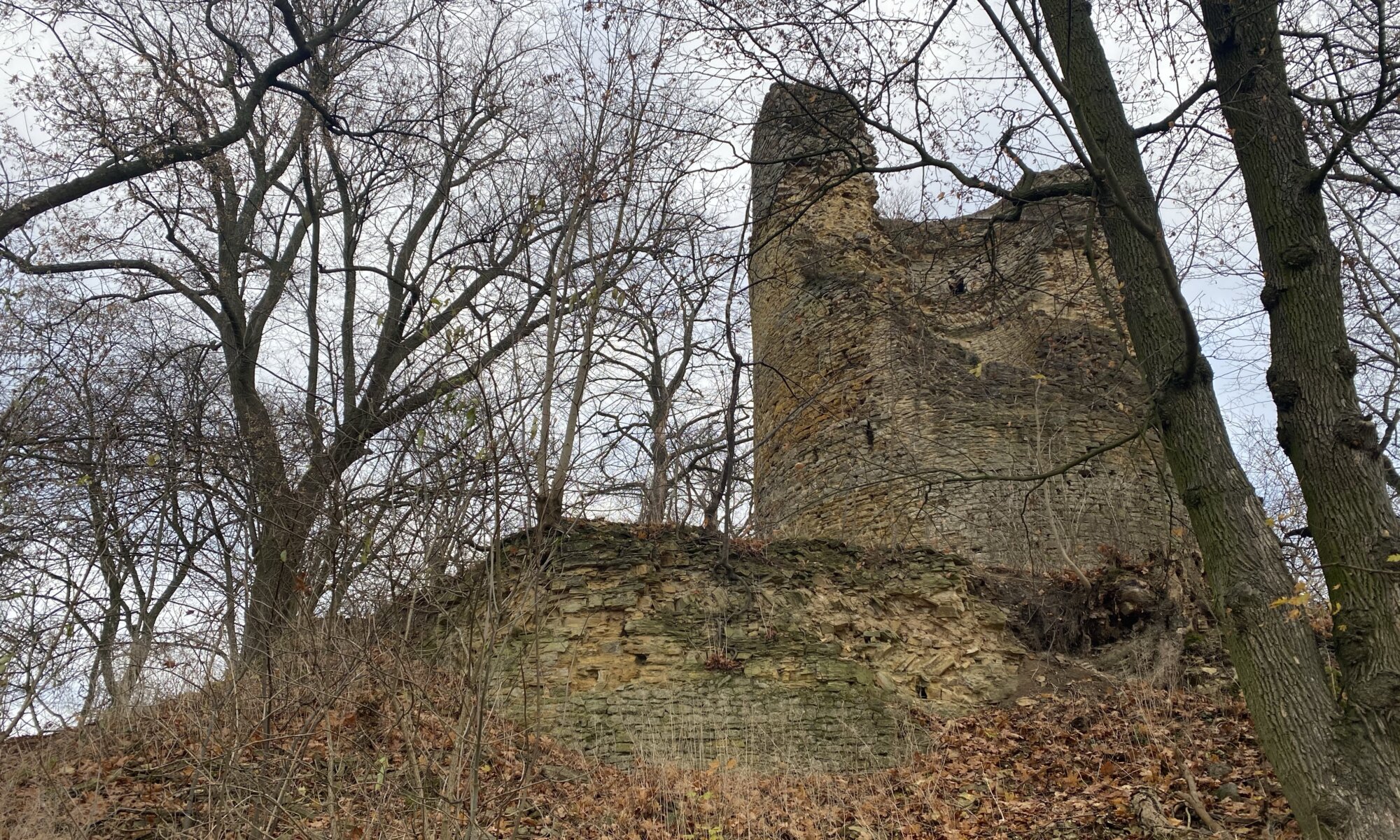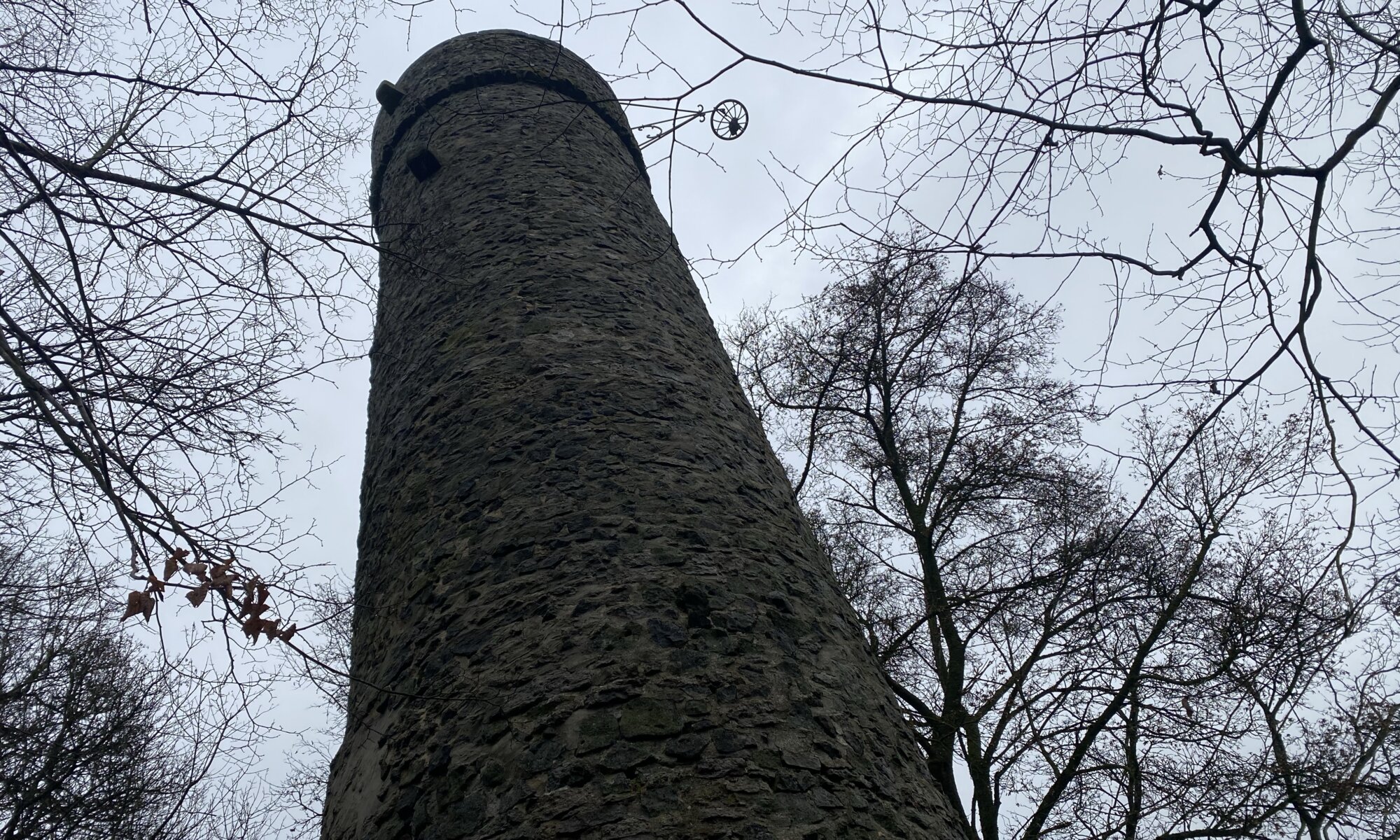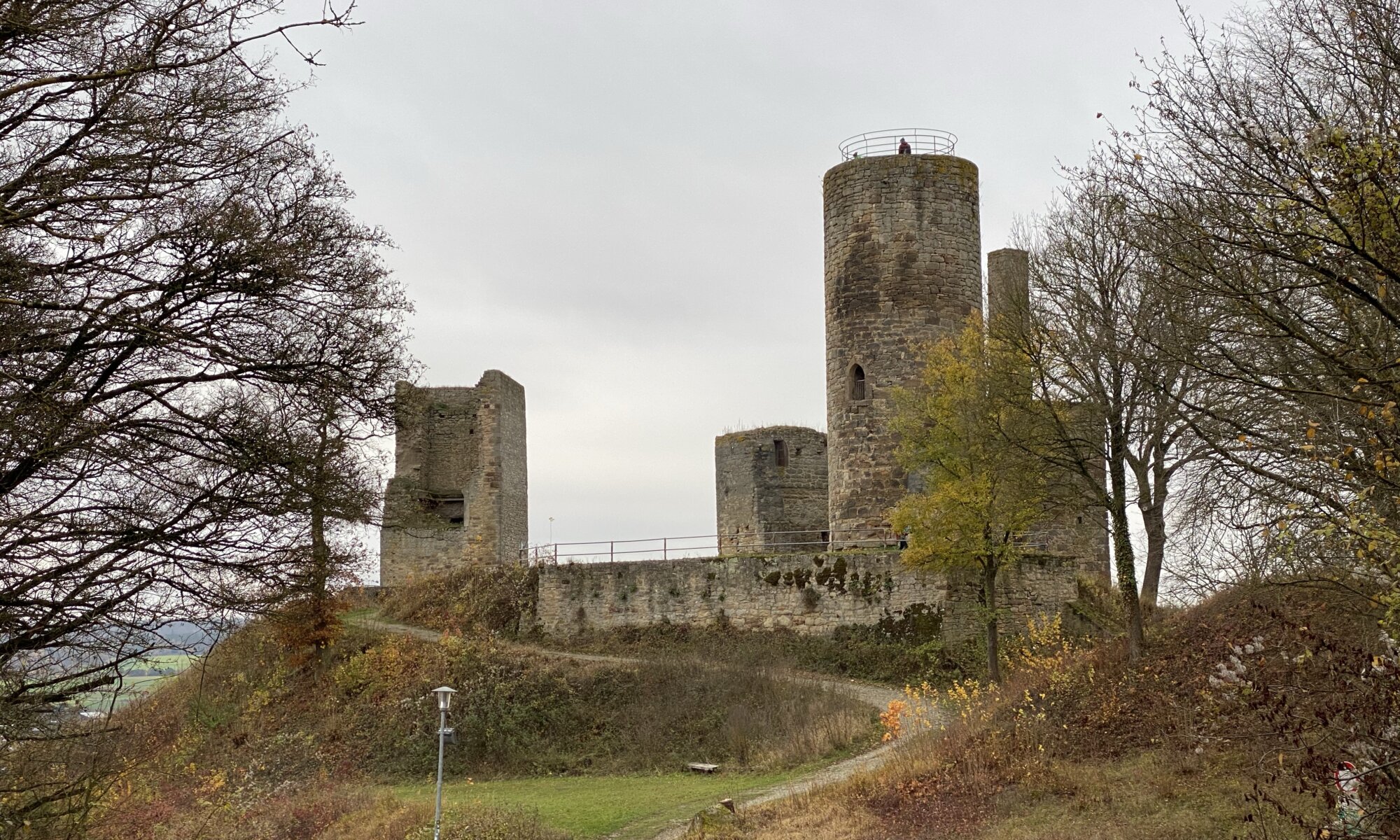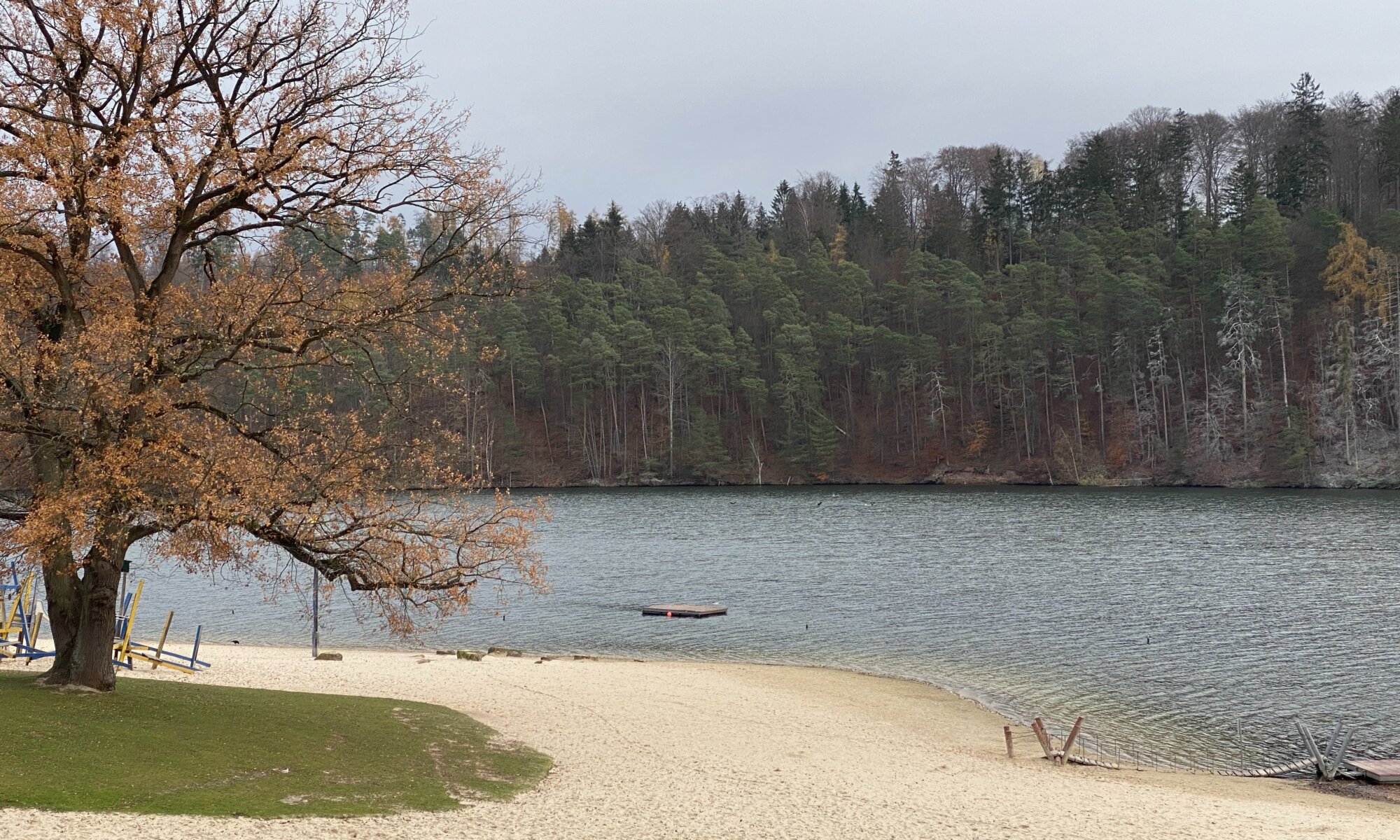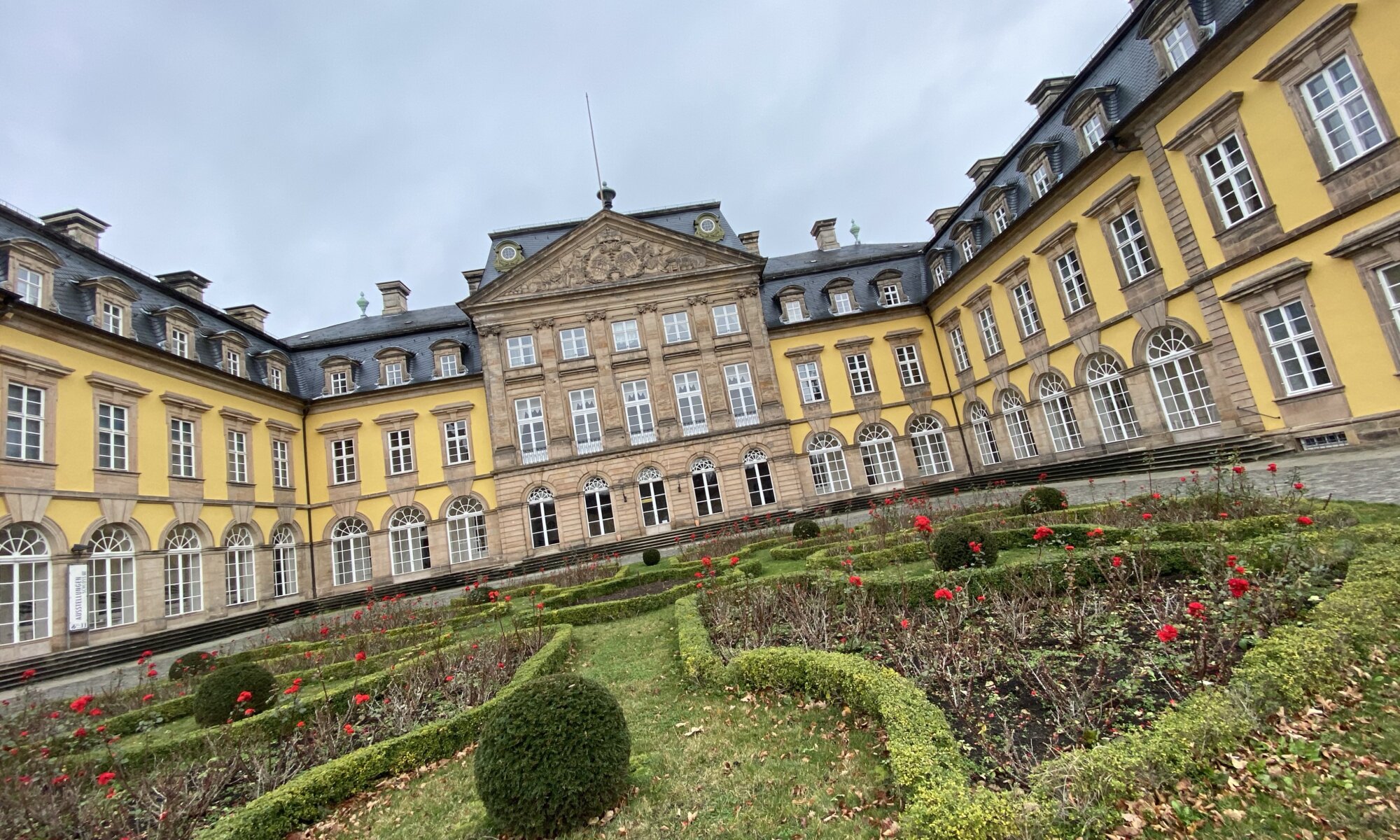When you’re passing by the small town of Grebenstein, Germany, you will see a peculiar ruin on top of a hill. It is the ruin of castle Grebenstein but you wouldn’t directly recognize it as a castle as only the palas is still standing – the ruin therefore rather looks like a warehouse ruin with three floors. That it was once part of a castle you will understand once you reach the castle gate and the watchtower down the hill close to the city.
Continue reading “Burg Grebenstein”Eulenturm
The owls’ tower (or ‘Eulenturm‘) is a viewing platform on the Hainberg mountain of Göttingen, Germany. It can serve as a good target destination for a walk through Göttingen and it is special as most of the inhabitants of the city have been pretty close to it but haven’t seen it. When you’re at the upper end of the Schillerwiesen (a large recreational area in the East of the city) you just need to cross a road, pass the Kleiner Reinsbrunnen well and climb up the hill between two valleys (the ‘Lange Nacht‘ and the ‘Molkengrund‘) and you’ll immediately see the short tower.
Continue reading “Eulenturm”The Alps of northern Hesse
There are different nice places around Kassel, Germany, for a wonderful walk – but my most beloved path is currently the Alpenpfad at the Dörnberg mountain close to Zierenberg. For sure it is far away from the Alps but it is a beautiful narrow path which you can only do in single file. It leads you in loops through tiny valleys, through forests and nature there feels pretty unusual for the region.
Continue reading “The Alps of northern Hesse”Kerstlingeröder Feld
When I was living in Göttingen, Germany, I didn’t visit the forest belonging to the city – the Stadtwald – very often. It is a large forest in the East of the urban areas and it includes many nice places like the Bismarckturm or the Kehr with wild boars and deer. The reason not to go there was mostly that you have to climb steadily up the hill – but during the last decades the city grew steadily up the hill and the forest can now also easily be reached by bus.
Continue reading “Kerstlingeröder Feld”Hohlestein
A giant basalt rock in a beautiful forest with many moss-covered stones close to Ahnatal, north of Kassel – that is the Hohlestein, not more, not less. If you climb on top (and it is really climbing!) you can enjoy nice views on Ahnatal and discover a hidden secret: a man-made, squarish depression which is still a mystery today. Was it a cellar of a former castle? Or a place used for Celtic rituals? Stone walls and other discoveries show at least that humans were living at this place during the high medieval period.
Continue reading “Hohlestein”Burgruine Schartenberg
While roaming art museums around the world I learned that ruins are an often-used symbol for the caducity of life – at least in romanticism. A prototype for such a painting could be the Burgruine Schartenberg or Schartenburg close to Zierenberg, Germany. The only thing left is the donjon with impressive walls that have a thickness of three metres. Around the donjon, you can see some structures on the ground, plateaus that show you how large the castle and the neighbouring Groppeschloss once were.
Continue reading “Burgruine Schartenberg”Schreckenbergturm
High above Zierenberg, Germany, you can find a watchtower on the 460 meters high mountain Schreckenberg. In medieval times the Schreckenbergturm was used to watch out for enemies and to spark a fire to warn the inhabitants of the city underneath. Later it deteriorated but in 1911 the tower was restored and opened to the public as a wonderful viewpoint. The more than 15 meters high tower is today owned and maintained by the Hessisch-Waldeckische Gebirgs- und Heimatverein (HWGH).
Continue reading “Schreckenbergturm”Kugelsburg
I’m often astonished how many castles and castle ruins are spread throughout Germany. Some are rather hidden in forests, others are located on high hills and can’t be overlooked. One of the latter is the Kugelsburg, the town’s landmark of Volkmarsen – a small town located 28 kilometres west of Kassel. It was built on the Kugelsberg mountain at the end of the 12th century CE to protect an important trading route between Fritzlar and Paderborn.
Continue reading “Kugelsburg”Twistesee
In 1965 massive rain caused high floods and substantial damage to cities in Northern Hesse, South Lower Saxony and East Westphalia. The 16th and 17th of July 1965 became known of the days of the Heinrichsflut which flooded cities like Einbeck, Paderborn, Göttingen, Kassel and Bad Karlshafen. As the weather prediction and also the communication systems were not as advanced as today many people were warned too late, some were locked in, some needed to be rescued by helicopters and 16 persons died.
Continue reading “Twistesee”Residenzschloß
Bad Arolsen is a small town about 45 km west of Kassel, Germany. It only has around 15,000 inhabitants but also an important history which makes it worth to be visited. The roots of the town lie in a cloister that was founded here in 1131. It was later converted to a castle when the city became the residence town of the princes of Waldeck-Pyrmont between 1655 and 1918. It was a small state in the Holy Roman Empire and was sovereign until the foundation of the Weimar Republic in 1929.
Continue reading “Residenzschloß”